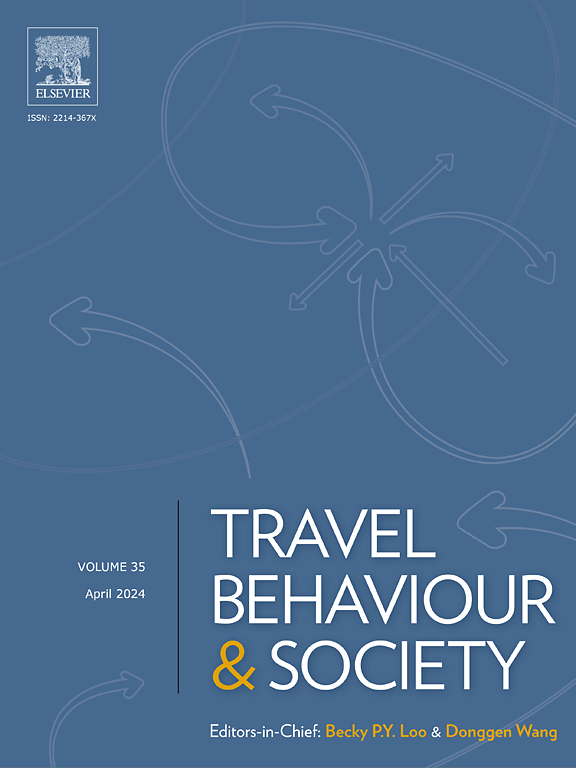Assessing the impact of walkability indicators on health outcomes using machine learning algorithms: A case study of Michigan
IF 5.1
2区 工程技术
Q1 TRANSPORTATION
引用次数: 0
Abstract
Urban planning and public health are increasingly interlinked in efforts to shape healthier communities. To build a healthier community, walkability has shown positive outcomes for population health. This study employs machine learning to analyze the impact of walkability indicators such as intersection density, proximity to transit stops, employment mix, and employment and household mix and social vulnerability factors on health outcomes in Michigan. Data from the Environmental Protection Agency (EPA) and Centers for Disease Control and Prevention (CDC) were used to evaluate health outcomes including obesity, blood pressure, cholesterol, and depression. The analysis also incorporated the Social Vulnerability Index (SVI) to examine the influence of socioeconomic and demographic factors. Different supervised machine-learning algorithms were applied to assess these relationships. Among the algorithms, the Random Forest algorithm showed the best performance. The results indicate that there is a variation in the impact of walkability indicators on health outcomes. Key findings reveal that among walkabiltity indicators, intersection density is the most significant predictor of all health outcomes, while the other indicators have less impact. In addition, it was found that variables such as Socioeconomic Status, Household Composition & Disability, Minority Status, Housing Type and Transportation have also impact of health outcomes. In conclusion, this research shows the relationship between walkability and human health by providing an evidence-based guidance for building healthier, more walkable communities.

使用机器学习算法评估可步行性指标对健康结果的影响:密歇根州的案例研究
在塑造更健康社区的努力中,城市规划和公共卫生日益相互关联。为了建立一个更健康的社区,可步行性对人口健康产生了积极的影响。本研究采用机器学习来分析密歇根州的步行指标,如十字路口密度、靠近公交站点、就业组合、就业和家庭组合以及社会脆弱性因素对健康结果的影响。来自环境保护署(EPA)和疾病控制与预防中心(CDC)的数据被用来评估健康结果,包括肥胖、血压、胆固醇和抑郁。该分析还纳入了社会脆弱性指数(SVI),以检查社会经济和人口因素的影响。不同的监督机器学习算法被应用于评估这些关系。其中,随机森林算法表现出最好的性能。结果表明,可步行性指标对健康结果的影响存在差异。主要研究结果表明,在可步行性指标中,交叉口密度是所有健康结果的最显著预测因子,而其他指标的影响较小。此外,研究还发现,社会经济地位、家庭构成等变量;残疾、少数民族身份、住房类型和交通也对健康结果产生影响。总之,本研究通过为建设更健康、更适宜步行的社区提供循证指导,揭示了步行性与人类健康之间的关系。
本文章由计算机程序翻译,如有差异,请以英文原文为准。
求助全文
约1分钟内获得全文
求助全文
来源期刊

Travel Behaviour and Society
TRANSPORTATION-
CiteScore
9.80
自引率
7.70%
发文量
109
期刊介绍:
Travel Behaviour and Society is an interdisciplinary journal publishing high-quality original papers which report leading edge research in theories, methodologies and applications concerning transportation issues and challenges which involve the social and spatial dimensions. In particular, it provides a discussion forum for major research in travel behaviour, transportation infrastructure, transportation and environmental issues, mobility and social sustainability, transportation geographic information systems (TGIS), transportation and quality of life, transportation data collection and analysis, etc.
 求助内容:
求助内容: 应助结果提醒方式:
应助结果提醒方式:


